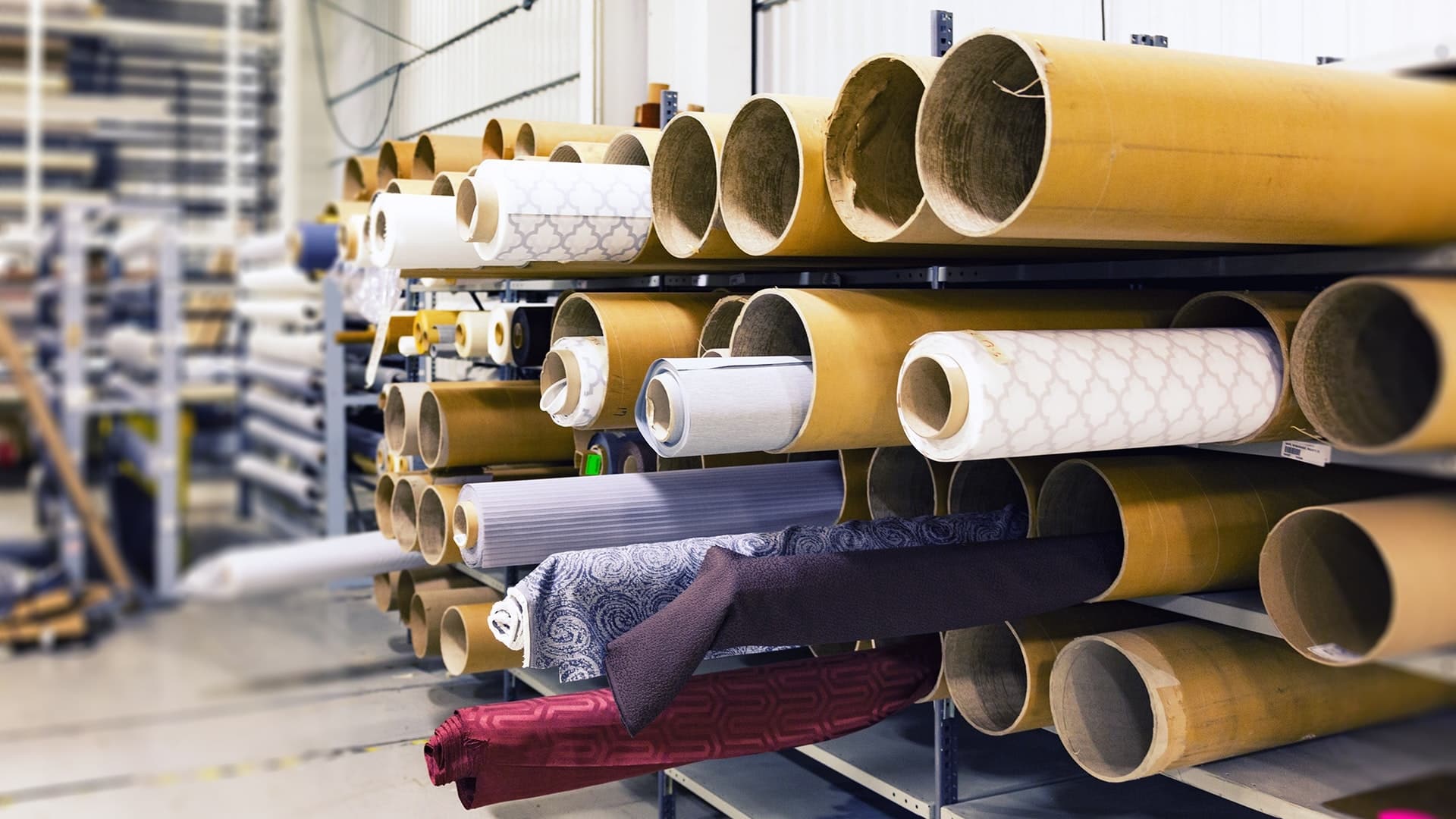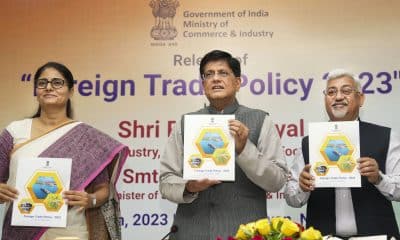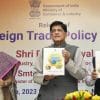Industry
Right actions can help textile industry achieve $65 bn in exports by 2026
The Indian textile industry can achieve $65 billion in exports by 2026 if industry majors take right actions, says a joint report by Kearney and The Confederation of Indian Industry (CII).
Siddharth Jain, Partner at Kearney – a global consulting firm, in a statement said this requires right actions from the industry majors and robust execution of government schemes. He believes that this can help India hit $65 billion in exports by 2026. “This, coupled with growth in domestic consumption, could propel domestic production to reach $160 billion. Given the labor-intensive nature of this industry, this growth could add 7.5 million direct jobs in textile manufacturing.”
The report highlighted that textile products hold a key position in the global value chain. And India is the world’s fifth-largest exporter for apparel, home and technical products. The textile industry employs around 45 million people in the farming and manufacturing sectors. But India’s recent performance in global trade is not been commensurate with its abilities.
A variety of factors, as per the report, have contributed to India’s recent trade performance. It noted that India has factor cost disadvantages. “Lack of free or preferential trade agreements with key importers such as the European Union, United Kingdom and Canada for apparel as well as Bangladesh for fabrics also puts pricing pressure on exporters,” the report said. “The high cost of capital and high reliance on imports for almost all textiles machinery makes it difficult to earn the right return on invested capital, especially given India’s slight cost disadvantage.”
India is made uncompetitive in the fashion segment because of longer lead times. “Limited presence in the global trade of man-made fiber products. The trend of nearshoring in western economies has not helped either.”
It pointed out that the COVID-19 pandemic has triggered the redistribution of global trade shares. The recalibration of sourcing patterns has provided Indian textiles the golden opportunity to stage a turnaround and regain a leadership position as a top exporting economy.
Also Read: Vijay Mallya loses legal battle to hold onto his luxurious London apartment
Neelesh Hundekari, Partner and APAC Head of Lifestyle Practice at Kearney, believes India’s textile industry should target 8 to 9% CAGR during 2019-2026, driven by domestic demand growth and significant growth in annual exports. As such, India needs to double-down in the five key areas – apparel, fabrics, home textiles, man-made fiber, yarn and technical textiles.
To achieve the $65 billion exports target by 2026, the industry and government needs to work together. Jain said the recent launches of multiple schemes such as MITRA, PLI, and RoDTEP shows the strong government focus on the sector. “It will be critical for the government to follow up these launches with efficient implementation and even more critical for industry players to leverage these schemes effectively.”











































Pingback: India is set to push for a waiver for COVID-19 medicines and drugs.